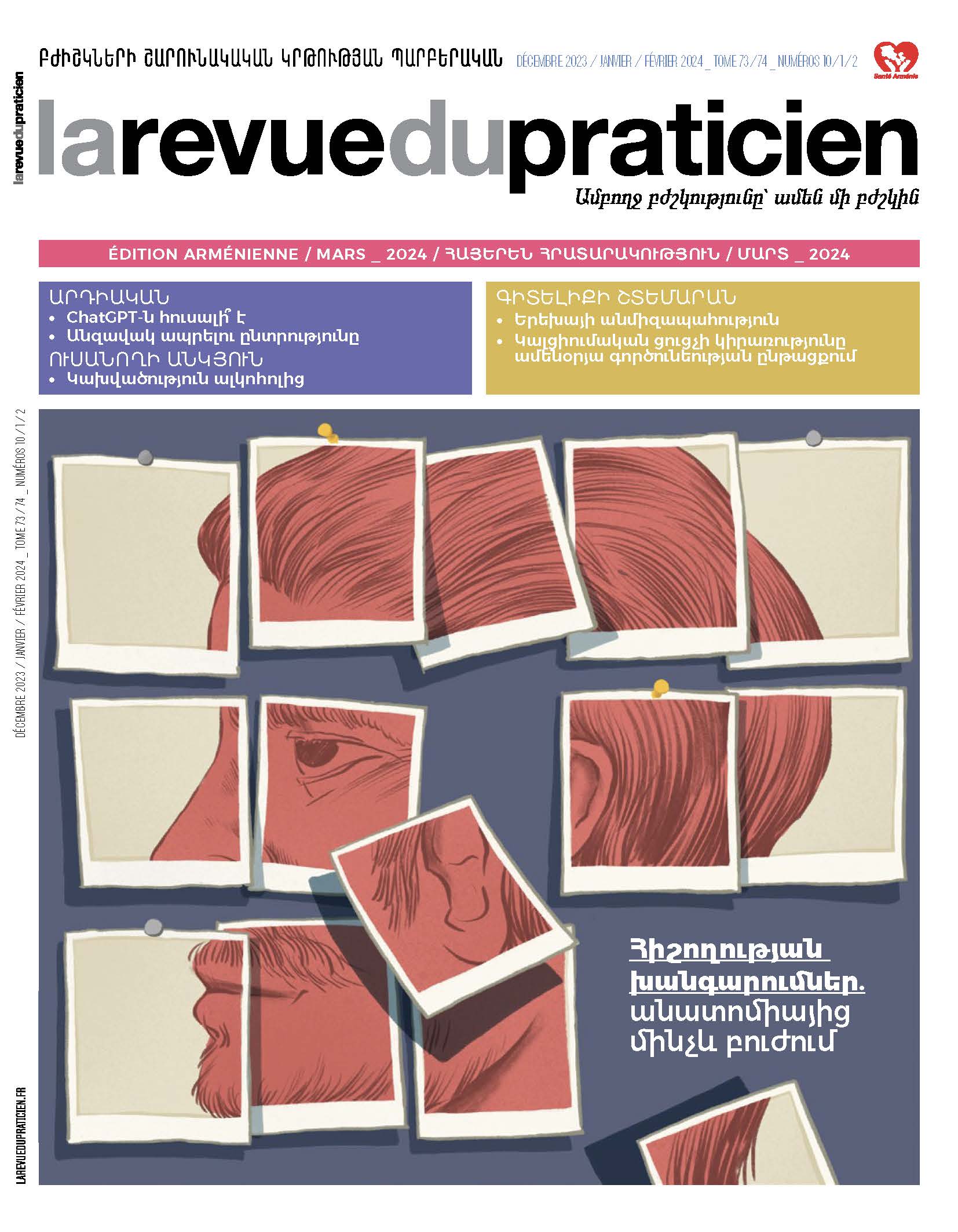Что предпринимать при жалобе на память 46
Nicolas Villain.
Аннотация отсутствует
MeSH :
Aging,
Brain,
Humans,
Neurodegenerative Diseases,
Neuropsychological Tests,
Referral and Consultation.
Ключевые слова :
Расстройства памяти.
